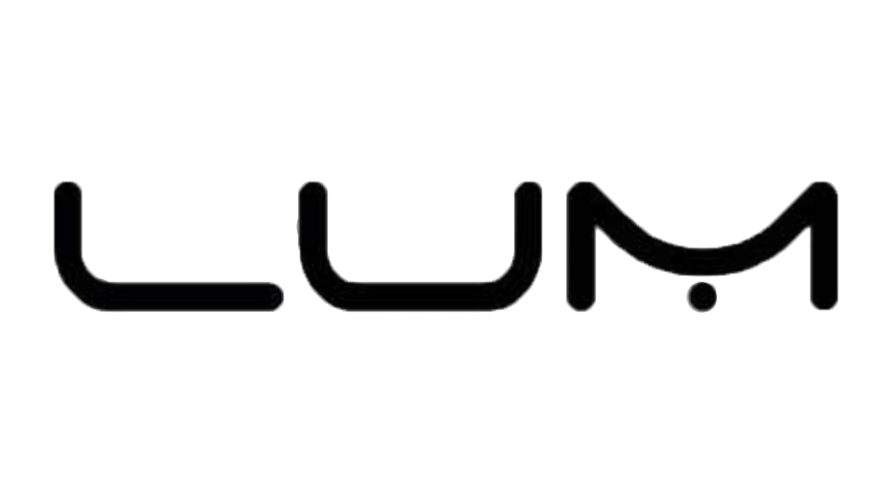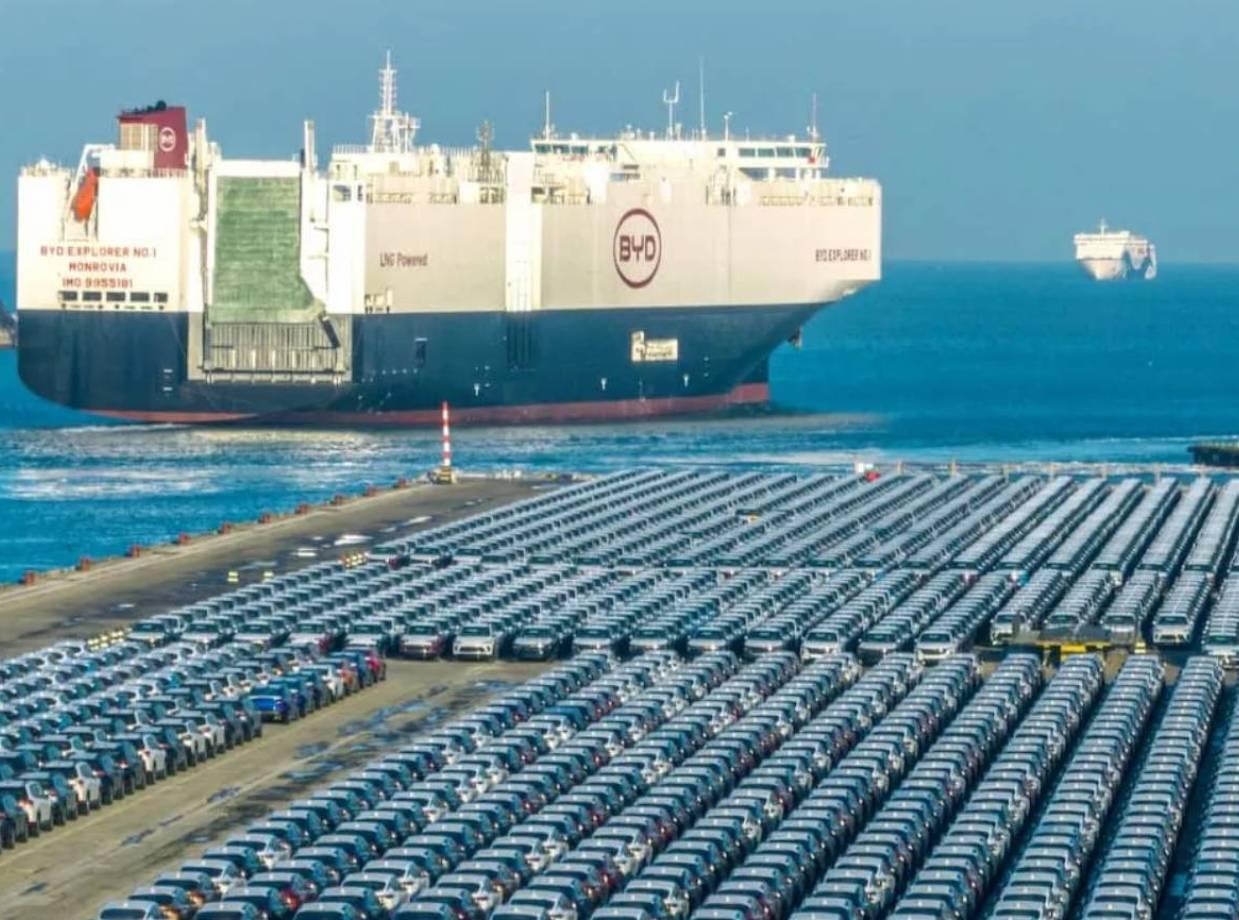Battery Technology Advancements in Chinese EVs: What European Consumers Need to Know
As Europe accelerates its transition to electric mobility, Chinese electric vehicle (EV) manufacturers are making significant strides in battery technology, offering innovations that cater to the diverse needs of European consumers. From ultra-fast charging capabilities to enhanced safety features and improved cold-weather performance, Chinese EVs are becoming increasingly competitive in the European market.

Ultra-Fast Charging: Reducing Downtime
One of the most notable advancements is in charging speed. BYD's Super E-Platform, for instance, boasts the ability to add approximately 400 km of range in just five minutes—a charging rate of about 2 km per second. This is achieved through a 1,000 kW fast-charging system operating at 1,000 volts and 1,000 amperes, coupled with a revised Blade battery featuring a 10C charging rate. Such rapid charging capabilities are poised to alleviate range anxiety and make EVs more convenient for daily use.
Enhanced Safety and Longevity
Safety remains a top priority for consumers. BYD's Blade battery, a lithium iron phosphate (LFP) battery, has been designed to be thinner and safer than typical EV batteries. In penetration tests, the Blade battery emitted no smoke or fire after being impaled, with surface temperatures reaching only 30 to 60°C, significantly lower than the 500°C observed in traditional lithium batteries.

Moreover, Geely has unveiled a battery technology promising a 50-year lifespan, capable of withstanding 3,500 charge cycles—equivalent to driving one million kilometers without significant capacity loss. This longevity not only reduces the total cost of ownership but also contributes to environmental sustainability by minimizing battery replacements.

Superior Cold-Weather Performance
For European regions experiencing harsh winters, battery performance in cold temperatures is crucial. Geely's Short Blade battery retains 90.54% of its capacity at -30°C, outperforming the average retention rate of 78.96% in traditional batteries. This ensures reliable performance and range, even in extreme cold conditions.
Innovative Battery Chemistries: Sodium-Ion Technology
Chinese manufacturers are also exploring alternative battery chemistries. CATL, the world's largest EV battery maker, has initiated mass production of sodium-ion batteries, which are more cost-effective and have better performance in low temperatures compared to traditional lithium-ion batteries. In 2023, HiNA Battery Technology installed a 140 Wh/kg sodium-ion battery in an electric test car, marking a significant step toward commercialization.
Implications for European Consumers
These advancements signify that Chinese EVs are not only catching up but, in some areas, surpassing their European counterparts in battery technology. For European consumers, this translates to:
-
Reduced Charging Times: Minimizing downtime and enhancing convenience.
-
Enhanced Safety: Innovative battery designs that prioritize user safety.
-
Improved Cold-Weather Performance: Reliable operation in diverse climates.
-
Cost-Effective Alternatives: Exploration of new battery chemistries offering affordability without compromising performance.
As Chinese EV manufacturers continue to innovate, European consumers can expect a broader range of high-quality, reliable, and efficient electric vehicles tailored to their specific needs and preferences.
Note: This article is intended for informational purposes and does not constitute an endorsement of any specific product or brand.




Laisser un commentaire
Ce site est protégé par hCaptcha, et la Politique de confidentialité et les Conditions de service de hCaptcha s’appliquent.